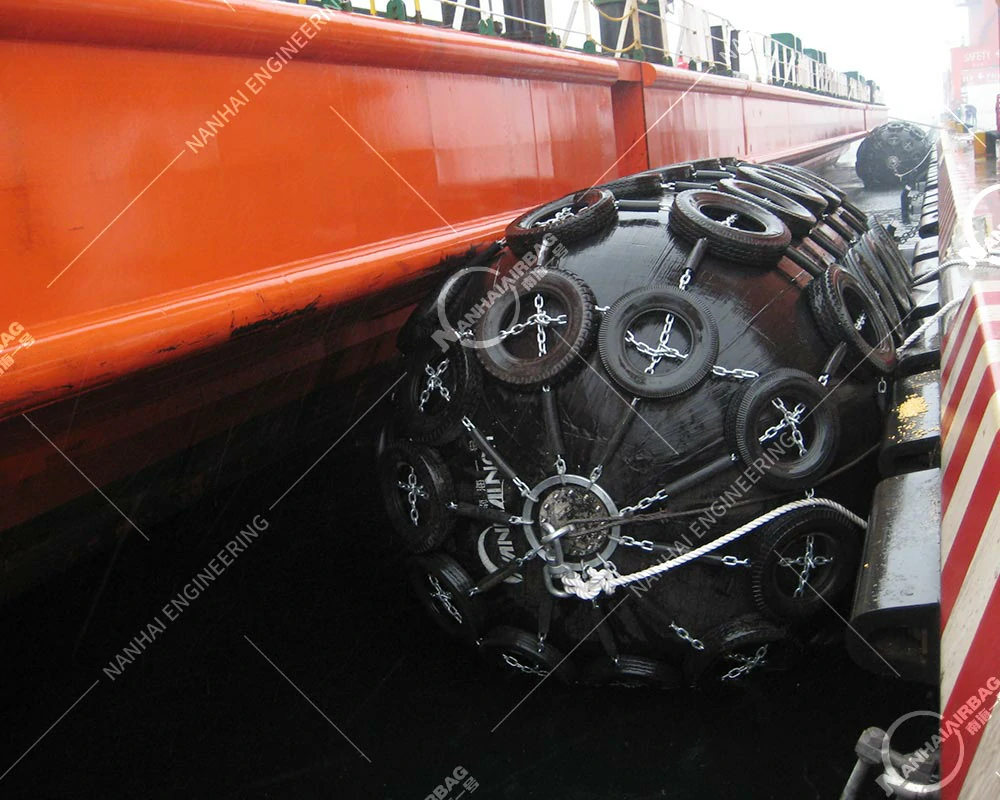Title: Prioritize Safety: Comprehensive 3rd Party Inspections for Ship Launching Airbags
24/09/2024Inflatable vs. Fixed Fenders: A comprehensive comparison of costs, efficiency and applicable scenarios
17/04/2025Core Advantages of Pneumatic Fenders: Why They’re the Preferred Choice for Modern Ports

Pneumatic fenders have emerged as a game-changing solution in marine safety due to their unmatched performance and adaptability. Here’s why they dominate modern port infrastructure:
1. Superior Impact Protection
- Energy Absorption: With a 70–90% energy absorption rate, pneumatic fenders outperform traditional rubber or wooden fenders (40–60%). For example, Rotterdam Port uses them to protect berths from 100,000-tonne vessels with 60% less material volume.
- Dynamic Adaptability: Adjustable internal air pressure allows them to cushion collisions from vessels of all sizes, minimizing structural stress and rebound risks.
2. Cost-Efficiency
- Lower Lifecycle Costs: Despite higher initial investment, their corrosion-resistant materials and minimal maintenance needs reduce long-term expenses by over 30%.
- Lightweight Design: Weighing just one-third of traditional rubber fenders, they cut installation and transportation costs.
3. Sustainability
- Eco-Friendly Materials: Many use recyclable rubber or biodegradable composites, aligning with global green initiatives (e.g., Singapore’s “Green Port Certification”).
- Reduced Pollution: Eliminates foam or wood fillers that harm marine ecosystems.
4. Smart Integration
- IoT Connectivity: Sensors monitor real-time pressure, temperature, and collision data, enabling predictive maintenance. Yokohama Port links these systems to central hubs for dynamic adjustments based on tides and ship loads.
- Adaptive Inflation: Future models may use AI to predict vessel trajectories and auto-adjust pressure for optimal protection.
5. Versatile Applications
- Deep-Water Terminals: Safeguards mega-ships (e.g., 20,000-TEU containerships) in ports like Shanghai Yangshan.
- Offshore Platforms: Lightweight design withstands harsh wave and ice conditions in Arctic or LNG facilities.
Future Trends
- Renewable Energy Integration: Solar-powered sensors for emission-free monitoring.
- Carbon-Neutral Materials: Development of biodegradable composites for end-to-end sustainability.
Conclusion
By combining safety, durability, and intelligence, pneumatic fenders are redefining port safety standards. As global shipping demands grow, their role in enhancing efficiency and sustainability cements them as indispensable assets for modern maritime infrastructure.
